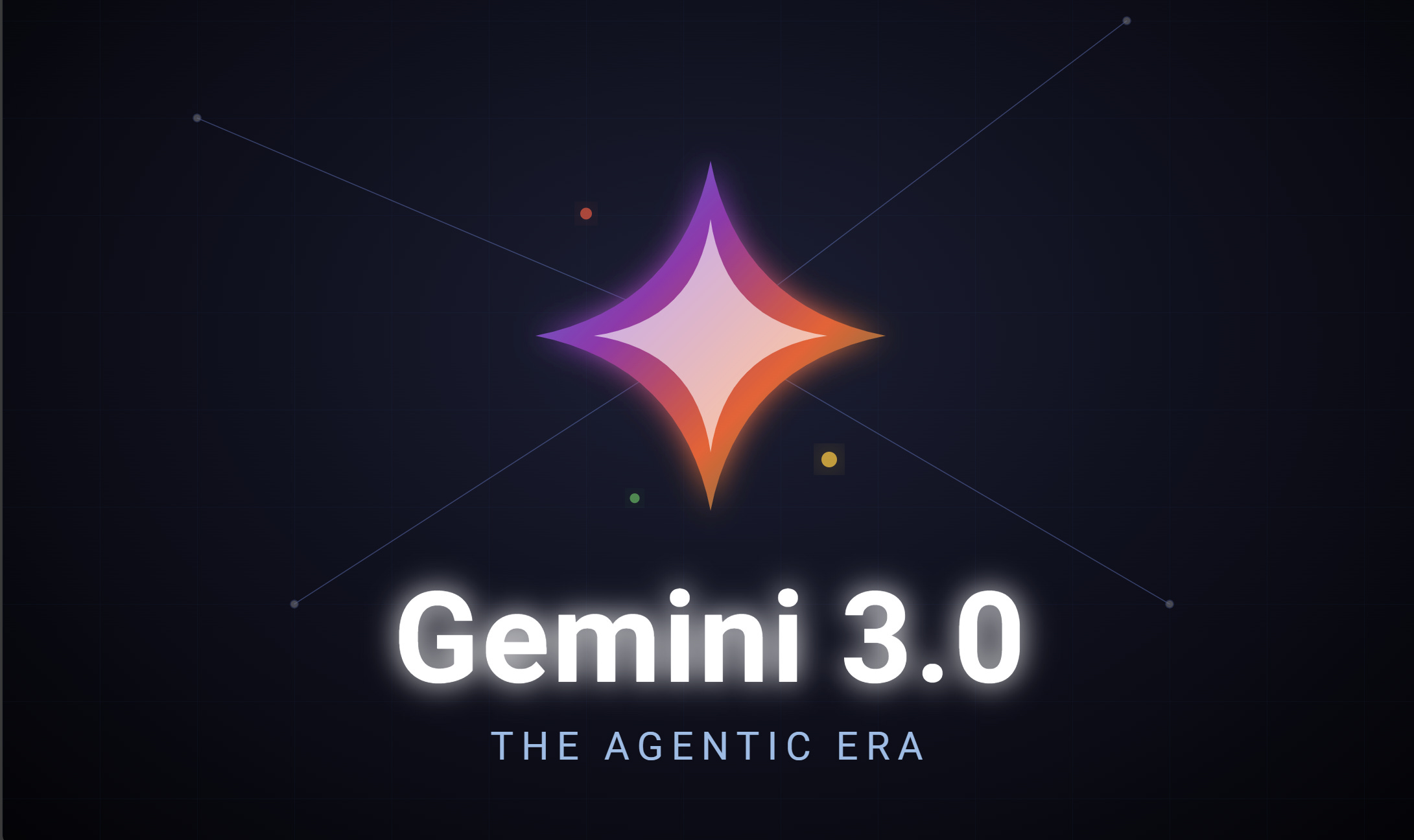AdamHD: Decoupled Huber Decay Regularization for Language Model Pre-Training
PositiveArtificial Intelligence
- The introduction of AdamHuberDecay presents a significant advancement in adaptive optimization for language model pre
- This development is crucial as it promises to improve the performance and efficiency of language models, potentially leading to better outcomes in natural language processing tasks and advancing the capabilities of AI technologies.
— via World Pulse Now AI Editorial System

